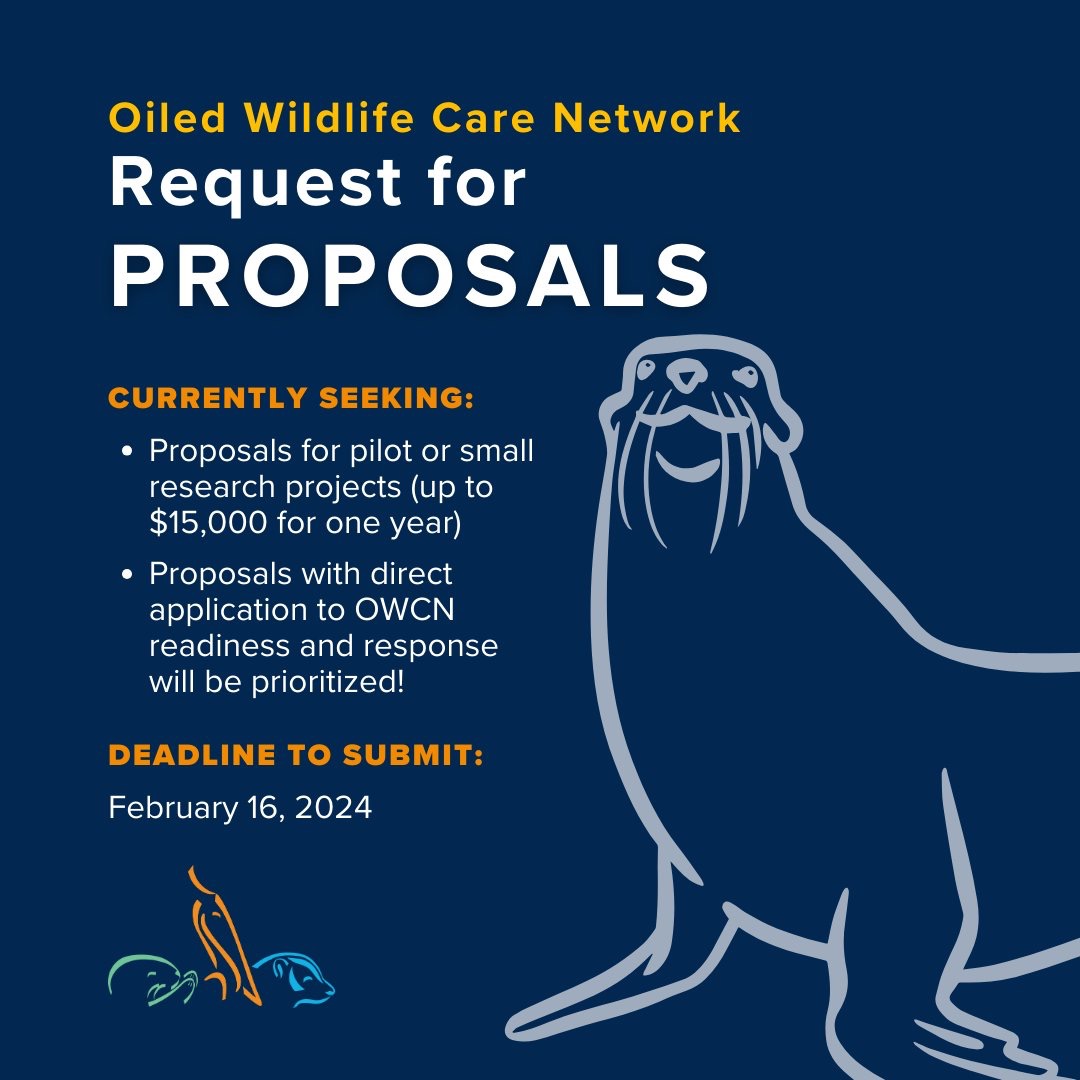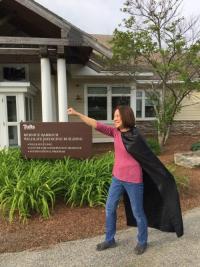
Congratulations to 30 Years!
My experience working in oil spills began prior to the founding of the OWCN. Soon after I began working at the Progressive Animal Welfare Society (PAWS) near Seattle, WA in 1991, the Tenyo Maru spill occurred, and I was enlisted to help out. The first seabirds came into the basement of the PAWS facility but soon thereafter, a formal response was set up in an old seminary as mandated by the new Oil Pollution Act of 1990. Unfortunately, the release rate was relatively low due to many of the birds dying from aspergillosis.

Before the founding of the OWCN, wildlife response techniques were largely developed based on previous experiences. One of the most impactful ways that OWCN has affected wildlife oil spill response has been the establishment of the scientific grant program. This program has led to many evidence-based changes in protocols which have benefited oiled wildlife for the past 30 years.
In 1995, I became the staff veterinarian at International Bird Rescue (IBR) in Berkeley, CA. While I continued to work on oil spills and trainings with IBR outside of California, it was also my privilege to work with fellow veterinarians and scientists at UC Davis in the early years of the OWCN. One of my earliest memories is when the OWCN organized the 1997 Effects of Oil on Wildlife conference in Monterey, CA. During the conference, the Kure oil spill occurred in Humboldt Bay and OWCN was activated for the wildlife response. I met Jonna Mazet in the parking garage of the conference hotel as she was preparing to leave for the newly established Humboldt facility. We spent a few minutes grappling with how to run a conference and set up a spill response at the same time!
The early days of OWCN also saw responses to many mystery spills in the Bay area which were eventually traced to the Jacob Luckenbach, a military ship that had had sunk in the 1950’s. The first of these mystery spills served as a christening of the newly opened Marine Wildlife Veterinary Care and Research Center (aka the sea otter palace) with an influx of seabirds, including many common loons. Unfortunately, many of the initially admitted common loons had to be euthanized because our window of opportunity for getting them stabilized and washed was narrowing. The Santa Cruz facility was home to subsequent mystery spills – I estimate that there were hundreds of oiled seabirds there before the first sea otter made an appearance there.

I left IBR and OWCN in 1999 after accepting my present position at the Cummings School of Veterinary Medicine at Tufts University. Since that time, I’ve served on the OWCN Scientific Advisory Committee and now on the Board of Advisors. It’s been a privilege to watch the evolution of the OWCN and to work with many of the excellent staff throughout the past 30 years. Congratulations on the 30th anniversary and here’s to many more to come!
